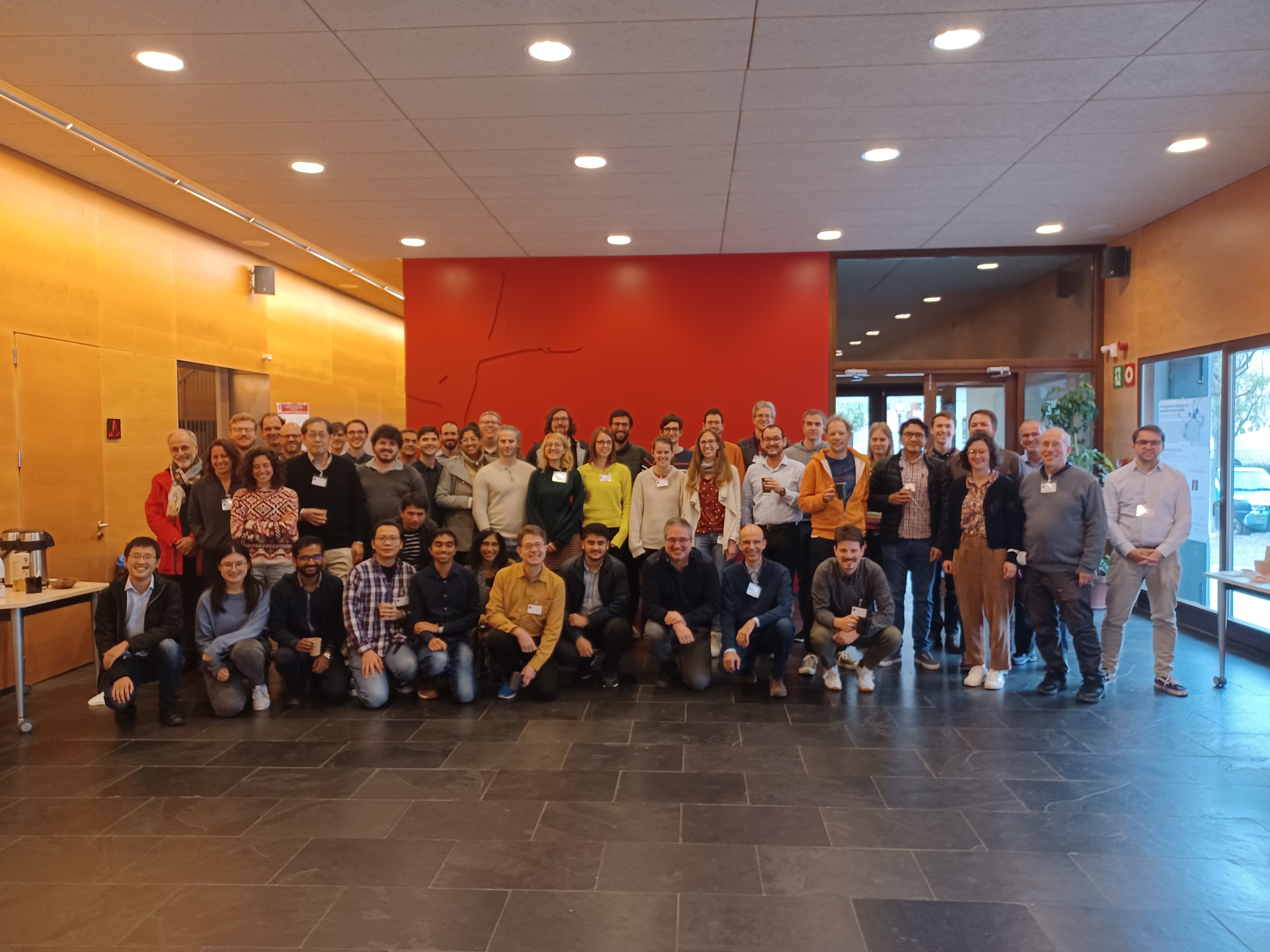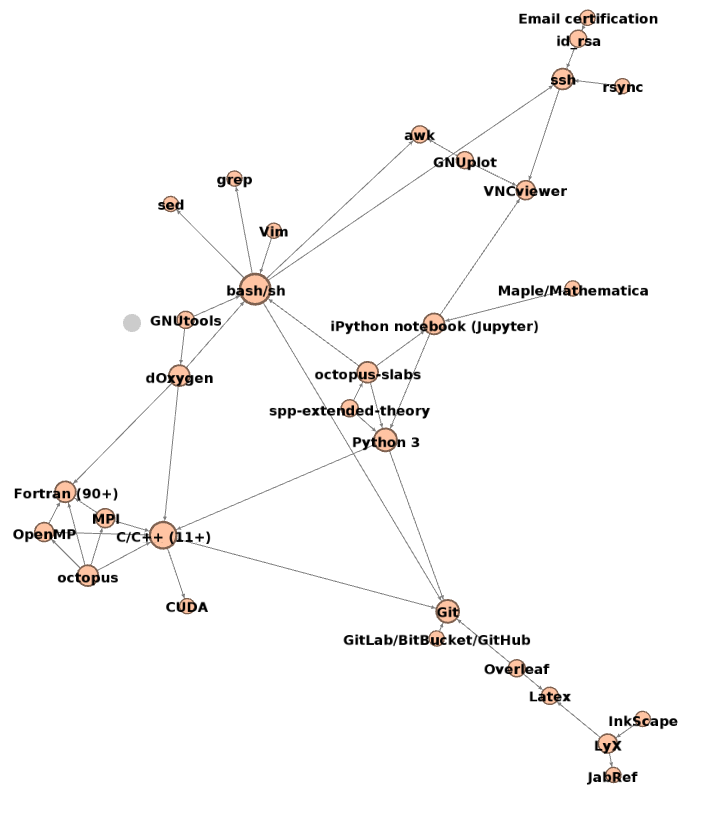Researchers from Charles University and HiLASE Centre have published a joint study on the emission of high harmonics emitted by silicon crystal when irradiated by a few-cycle laser pulse. In this work, the group of Martin Kozak (Charles University) measured the energy of photons emitted during the irradiation in the reflection geometry. This enabled to perform a direct comparison with the predictions based on the time-dependent density functional theory (TDDFT), prepared by Thibault Derrien (HiLASE Centre).
The paper evidences the importance of the carrier-envelope phase and of the crystal’s orientation when using ultrashort pulses. The study supports the importance of Van Hove singularities in the angular distribution of the emitted harmonics. Overall, this work demonstrates that quantum approaches and supercomputing are essential for the development of modern laser technologies.
The paper is available at the following address
https://www.nature.com/articles/s42005-022-01075-y.pdf
Journal: Communications Physics (IF 6.459)
Title: Role of Van Hove singularities and effective mass anisotropy in polarization-resolved high harmonic spectroscopy of silicon
Authors: Suthar, P.; Trojánek, F.; Malý, P.; Derrien, T. J.-Y. & Kozák, M.

